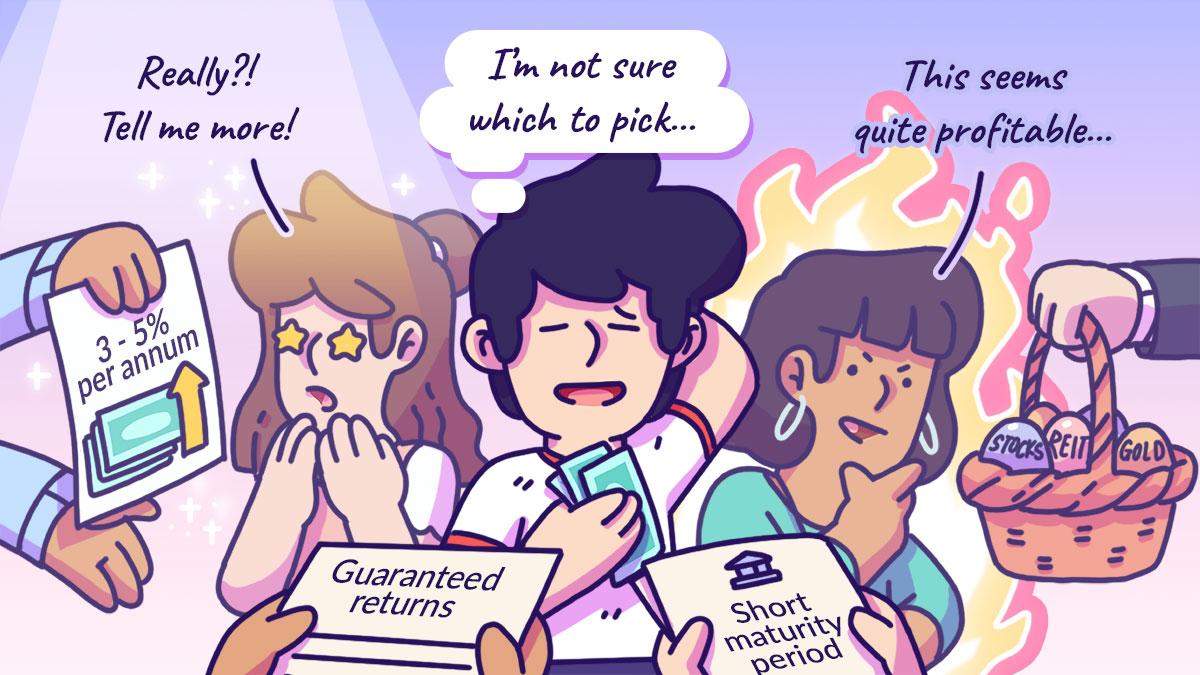"Price is what you pay, value is what you get” - Warren Buffett
Most people think that Warren Buffett, the most well-known investor of all time, buys and holds “cheap” companies – companies that are undervalued in the market, in terms of price, and that this is his investing philosophy. But that isn’t true. Buffett's investing philosophy is less about buying “cheap” companies and more about finding companies with a strong competitive advantage, excellent management, and a track record of generating cash flow, and holding them for the long term. And he’ll buy even if the company is considered “expensive” in the market. Take his investment in See’s Candy in 1972. Buffett paid $25 million – three times what the company was valued at – to acquire the company back then. He did this after assessing See’s Candy and discovering that it was a high-quality business with a sizeable moat with the potential to grow its profits at a low cost. Turns out, his assessment was right. His investment in See’s Candy grew by 8000%, or $2 billion in 50 years. When it comes to investing, it isn’t just about paying the lowest price possible for an asset but also understanding what value you’re getting for your money and this principle extends beyond investing to your personal finance decisions as well."The intelligent investor is a realist who sells to optimists and buys from pessimists." - Benjamin Graham, The Intelligent Investor
The father of value investing, Benjamin Graham, emphasises the importance of emotional discipline when investing. In his book, The Intelligent Investor, he posits that when investors are overly optimistic, it may be time to sell, and when investors are overly pessimistic, it may be time to buy. His wisdom does make a lot of sense. When a company is doing well, bullish investors who are driven by greed and the fear of missing out rush to buy its stock in the hopes of making a quick buck. This pushes the stock’s price higher and beyond the intrinsic value of the stock. Because the stock is now overvalued, there’s a higher chance that it could leave you with losses when things go south. Instead of giving into the market’s exuberance and buying based on emotion, Graham says the key to being a successful value investor is having a margin of safety. A margin of safety involves buying stocks that are trading at a discount to their intrinsic value, so that even if the company performs poorly, your downside risk is limited. In other words, if things don't go as planned, you won't be completely wiped out when you invest with a margin of safety. Diversification also helps reduce the risk of your bets being wrong. Even the best investors, including those on this list, can make mistakes. By diversifying, you mitigate the impact of any individual investment that doesn't work out. This concept of margin of error can be expanded to our daily lives too. If you spend significantly less than you earn, your savings acts as a margin of safety in the event you lose your job and your income. By investing and living with a margin of safety in mind, you can minimize damages to your financial well-being and live to try again another day."In investing, what is comfortable is rarely profitable." - Peter Lynch, One Up On Wall Street
The best investment opportunities often come with some level of risk or uncertainty. Prominent mutual fund manager, Peter Lynch, believes in taking calculated risks and that to achieve outsized returns, you need to be willing to step outside of your comfort zone. Of course, this doesn’t mean that you should completely disregard your risk appetite and invest all your money into the stock market today. However, if you’re keeping all your savings in a bank account and have not started investing out of fear, you are missing out on the ability to compound your wealth quicker. This principle also applies to taking chances in your career. If you stay at a low-paying job and resist upskilling yourself because you are comfortable where you are, you risk losing out on the potential to increase your earning power so that you can build a better financial future for yourself.











